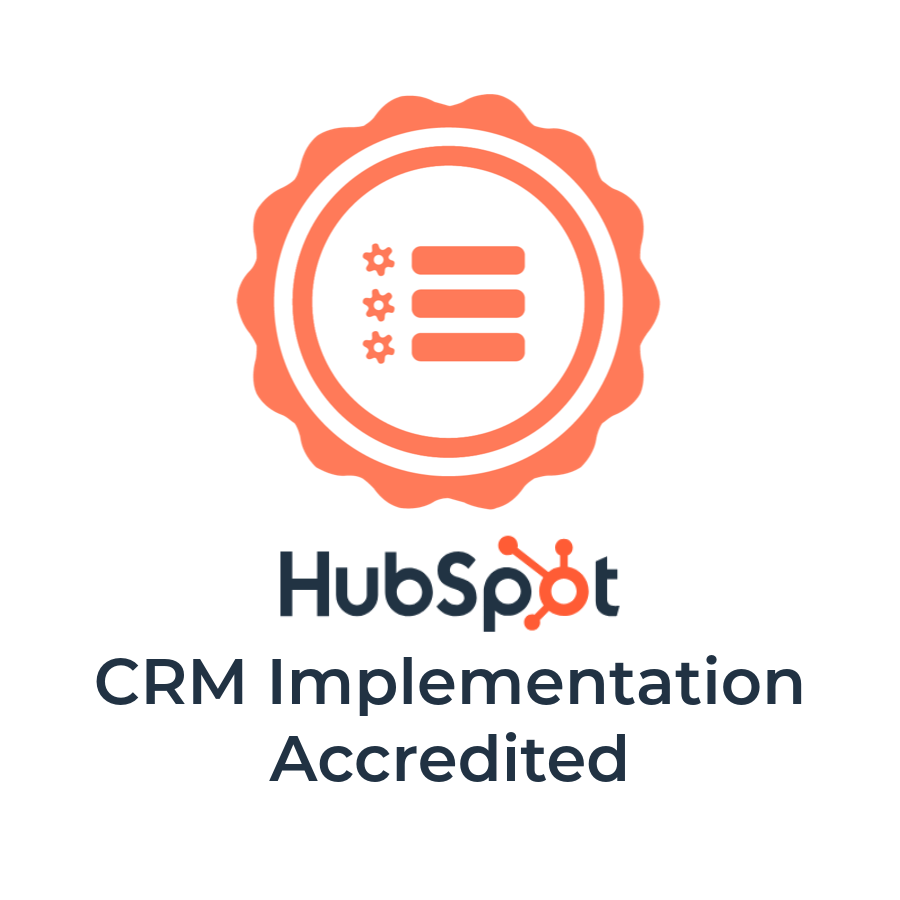
How HubSpot's Reporting Add-on Will Revolutionize Your Company


The biggest challenge facing marketers today is proving a return on investment. As our marketing and sales software becomes more powerful, we’re able to see new sets of data related to our activities. The challenge isn’t in getting it, it’s in making sense of it.
B2B marketing budgets have been on the rise since 2011. Yet, 45% of those surveyed say they still struggle to attribute spending to revenue. With so much data, it’s difficult to sift through it all to know what to act on.
Today, this problem solved with HubSpot's reporting add-on. Many important reports can be set to automatically update within each dashboard. While snapshots of the data can still be useful, looking at the live numbers is a much more exciting option.
The insights that you can gain from this the new product are incredible. The only question is what should you set up your reports and dashboard to measure? Here are some ideas on how to organize your dashboards so that you’re getting the most out of HubSpot.
Marketing Dashboards
If you’ve been using HubSpot for a long time, there are many reports that you can set up right away to get more insight into your contacts. Here are some dashboards and reports that will help you get started:

Contact Performance Dashboard
This is the first dashboard you should set up. You can use it to see how many contacts are at each lifecycle stage, which can help identify your biggest opportunities for improvement. Some of the reports that help you look at this are:
- Contact Funnel - this gives you an overview of where people are in your overall funnel. The conversion numbers can tell you where to start.
- Contacts by Source with Lifecycle Stage - See how different sources convert compared to each other. Some sources may lead to higher customer numbers than average.
- Persona by Lifecycle Stage - Customize a report to see where you have contacts by each persona.
Top Of The Funnel Dashboard
Is your marketing department organized by funnel? Set up a whole dashboard that’s wholly focused on top of the funnel marketing performance. Here’s where to start:

- New Subscriber Chart - set up your monthly goal for new subscribers and see how you do month over month. This will give you a great idea of whether you’re bringing in enough people into your marketing funnel or not.
- New Lead Chart - Set this one up to filter by sources so that you always have a good idea of which sources are contributing the most to your new lead flow.
- First Conversion Report - Set this up to see which of your forms or landing pages have converted the most people.
- Subscriber Conversion Rate - See how many of your subscribers you are converting to leads by setting up a contact funnel. Make sure you only select ‘created’, ‘subscribers’ and ‘leads’ to just see the conversion from one to the other.
Use these reports to get a good idea of the health of your top of the funnel activities.
Sales-Marketing Alignment Dashboard
If you are using the HubSpot CRM or have your CRM integrated with HubSpot, you can run reports based on which marketing activities actually generate revenue. Here are some reports that give you some good visibility into this process:
- Lead Close Rates - Look at how many leads, MQLs, SQLs and Opportunities close (4 separate reports). This will let you identify problems with the hand-off and think about solutions.
- Opportunities/Customers by Source Type - Look into how many opportunities came in by which source. This can let you know whether certain lead sources perform better for your overall goals (revenue!).
- Revenue by Source - This information can drive which elements of your marketing need more investment.
- Revenue by Average Pages Viewed/Number of Forms Submitted - If people who consume a lot of content drive a lot of revenue, then you can expand your efforts to get more content in front of your prospects.
You can set up as many reports as you want to, so why not set up a lot? If you have good sales and customer data, you can dig in to see what marketing activities are your biggest drivers.
Sales Dashboards

Now that you have some marketing dashboards set up, let’s look at some good sales dashboard to set up:
Sales Performance Dashboard
This is where you’ll want to set up the detailed activity reports that your sales reps are watching by the hour. Activity breakdowns should be prominently displayed. Here’s some sample reports:
- Activity Leaderboard - track how many calls, emails, meetings each rep has
- Contacts Added by Rep - If your sales reps self-source and of their leads, you'll want to track it. Set this up with a combination of a smart list with a rolling date range, and then break it out by sales rep.
- Lead Status - If you aren’t using the lead status field to track how your salespeople work leads, you should start. Start using it to see how successful your sales team is pre-deal.
- Notetaker Bonus - Note-taking is a discipline that’s critical for sales. You can set up a chart for how many notes people are taking if you want to encourage this.
Deals Dashboard
Here’s where you can see company-wide sales numbers. You’ll want to set up multiple reports based on any useful way to look at deals. A good starting point includes:
- Deals by different divisions
- Deals by different territories
- Deals by different product or service type
Tailor this dashboard to your companies needs. Use it right and you can identify trends in your market earlier than your competitors.
CEO Dashboard
This is the most important dashboard - this is where you put all of your high-level numbers for your CEO to see. A good starting point should include:
- Contact Database Overview - A contact funnel report that shows how many contacts are at each lifecycle stage
- Number of new customers in the last month (or quarter)
- Revenue Generated by industry
- Average Days to Close (from create) - you can set this up as just a number
- Historical Deals Won vs. Deals Lost Data - this can help give a comparison of how the current month compares
The dashboard has no shortage of possibilities, and this is just the first step. Being able to see new insights from your data is a powerful advantage for everyone.
Want more insights into this powerful tool?
Table of Contents
Related Posts


Making Sense of CRM Choices: HubSpot or Salesforce?






